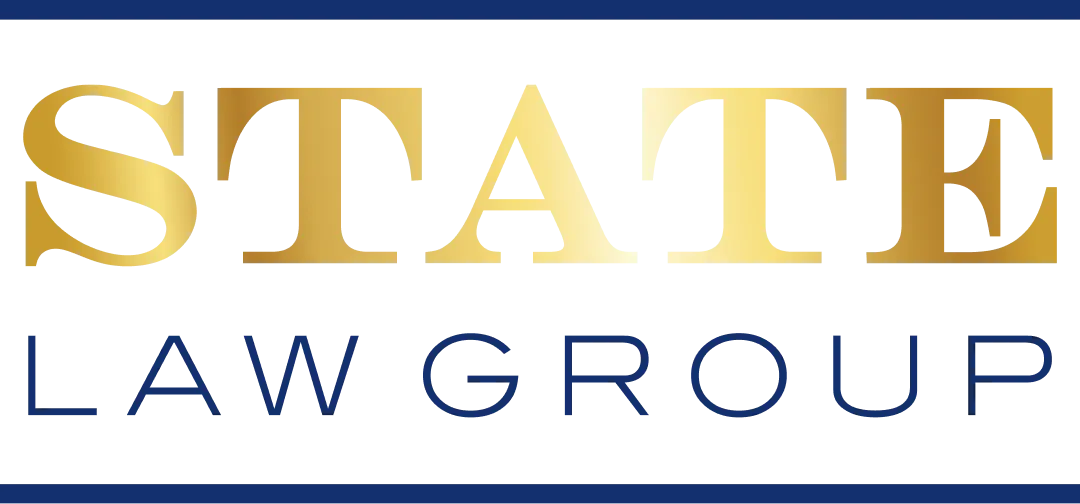In today’s digital world, where information and content are shared at lightning speed, protecting intellectual property is more important than ever. This case study highlights how State Law Group successfully defended a client’s intellectual property rights through the strategic use of a cease and desist letter, ensuring swift action and a positive outcome.
Key Takeaways
- Legal Backing Matters: By grounding our demands in clear legal principles, we ensured that our client’s position was unambiguous and defensible.
- Swift Action Prevents Escalation: Acting quickly can often prevent a situation from worsening, protecting both your brand and your reputation.
- Client Focused: Our primary goal was the protection of our client's interests. By taking a firm yet professional approach, we achieved this efficiently.
The Situation: Trademark Under Threat
Imagine you’ve spent years building your brand, your reputation, and your business, only to discover that someone else is using your name and logo without permission. This was the situation faced by our client, the registered owner of a martial arts training centre trademark. They were shocked to find that another individual was using both their trademarked phrase and logo in various ways, particularly in YouTube videos that were accessible to a global audience.
The unauthorised use was causing confusion among the public, with people potentially mistaking the recipient’s activities for those of our client. This kind of confusion could damage the hard-earned reputation of the brand and potentially result in financial losses. Our client needed a swift and decisive response to protect their intellectual property and prevent further damage.
Challenges: Navigating Legal Complexities
Dealing with intellectual property infringement is rarely straightforward. In this case, we faced several key challenges:
- Unauthorised Use: The use of the trademarked phrase and logo without permission was a clear infringement, but it needed to be stopped quickly to prevent further damage.
- Public Confusion: The misuse of the trademark had the potential to confuse the public about the affiliation between our client and the recipient’s activities. This confusion could dilute the brand and harm our client’s business reputation.
- Legal Grounds: It was crucial to establish a solid legal foundation for our claims. This included citing the Trade Marks Act 1995, as well as grounds for passing off, and misleading and deceptive conduct under the Australian Consumer Law (ACL).
- Immediate Action Required: Time was of the essence. Our client needed to stop the infringement swiftly to avoid further damage to their reputation and business.
Strategy: Crafting a Powerful Response
Knowing that time was critical, our team at State Law Group immediately got to work. We crafted a comprehensive cease and desist letter, which outlined the infringing activities and made it clear what the legal repercussions would be if the recipient continued with his unauthorised use of the trademark. Here’s how we approached the situation:
- Drafting the Cease and Desist Letter: The letter was detailed and direct. We outlined the specific ways in which the recipient was infringing on the client’s trademark and logo. We didn’t just list the infringements; we explained why they were legally unacceptable.
- Legal Grounds: To give the letter weight and authority, we cited specific legal grounds for our claims. These included:
- Trade Mark Infringement: Under the Trade Marks Act 1995 (Cth), the unauthorised use of a registered trademark constitutes infringement.
- Passing Off: We addressed the misleading representation that might cause others to believe there was an endorsement or connection where there wasn’t.
- Misleading and Deceptive Conduct: Sections 18 and 29 of the Australian Consumer Law prohibit conduct that misleads or deceives consumers.
- Demands: The letter wasn’t just a warning. It contained specific demands that the recipient must immediately stop using the trademark and logo and destroy all materials bearing them. We left no room for ambiguity—our demands were clear and non-negotiable.
The Outcome: Swift Resolution and Relief
Our strategic approach paid off. Within 14 days of receiving the cease and desist letter, the recipient ceased all unauthorised use of the client’s trademark and logo. There was no need for further legal action. The swift response from the recipient meant that our client’s reputation and business were protected, and any further potential damage was averted.
- Immediate Cessation: The unauthorised use of the trademark and logo stopped almost immediately after the cease and desist letter was issued.
- Client’s Relief: Our client was relieved to see the issue resolved quickly and without the need for prolonged legal battles. The swift resolution helped to prevent any further damage to their business and reputation.
- Deterrence: The action taken served as a strong deterrent against future infringements, sending a clear message that our client would vigorously protect their intellectual property rights.
What This Means for You
At State Law Group, we believe that your intellectual property is one of your most valuable assets. This case demonstrates the importance of taking swift action to protect that property. A well-drafted cease and desist letter can often be enough to stop infringement before it escalates, saving time, money, and stress.
If you find yourself in a similar situation, facing unauthorised use of your brand, don’t hesitate to reach out to State Law Group. We’re here to protect what’s yours.
FAQs
- What is a cease and desist letter, and how does it work?
- A cease and desist letter is a formal request to stop an illegal activity, such as trademark infringement. It outlines the infringing activities and warns of legal action if the activities continue.
- Can a cease and desist letter stop trademark infringement?
- Yes, often a well-drafted letter can stop the infringement without the need for further legal action, as seen in this case study.
- What should I do if someone is using my trademark without permission?
- Contact a legal professional experienced in intellectual property law immediately. Quick action can prevent further misuse and damage.








